Recognizing the importance of gender fluidity during Women’s History Month
During Women’s History Month, we celebrate the dynamic contributions of women from the past and present. The progress, rights and visibility of women ought to be celebrated all year round, but the purpose of a specific month of celebration is crucial to reflect on and highlight the accomplishments made by women as a means of promoting a fairer, safer and more accepting society. This Women’s History Month, I urge our community to focus our attention on the intersectionality of womanhood.
It is important to note that sex and gender are distinct categories. Sex is usually categorized as male or female, while gender refers to the ways in which those attributes are expressed (socially constructed roles and norms). If a person’s gender identity doesn’t align with their sex, they may identify as nonbinary or transgender. The truth of the matter is that it is more than a dictionary definition or what’s between one’s legs; it’s more complex than chromosomes or the ability to carry a baby.
Understanding womanhood can be complex, considering we live in a binary society in which everything– toys, clothing, cosmetics, kinder eggs– are all gendered in two concretely societally constructed ideas of what it means to be a “man” or “woman.” All newborns are assigned a sex at birth by a doctor merely by examining an infant’s genitalia. In turn, gender norms such as how a child is supposed to dress or behave, or what they are supposed to enjoy, are often forced upon the child by their parents and school system.
We should view our world through a lens by which it explores and challenges how scholars, activists and the media perpetuate gender and sex-based binaries. The idea that our societal future is dependent on reproduction is strictly heteronormative; therefore, queerness ceases to exist. How can we place value on the future without enforcing reproduction as the value within that future?
Furthermore, we should use Women’s History Month to spark complex discussions surrounding the different intersectionalities of transgender women. Intersectionality describes the ways in which systems of inequality based on ethnicity, gender, sexual orientation, disability, class and more intersect to create overlapping and uniquely challenging systems of inequality. Transgender Black women live within intersections of discrimination based on race, being women, and being transgender. Violence against Black transgender women is a pandemic within a pandemic.
Reports say that at least 38 transgender people were killed in 2022 alone. We say “at least” because oftentimes these stories go unreported or misreported. A majority of these people were Black and Latinx women.
Diamond Jackson-Mcdonald, a 27-year-old Black transgender woman, was killed on Thanksgiving day in Philadelphia. Linda Jackson, her mother, told local press: “I just want the world to know that Diamond was my rock, my shoulder, my child whom I love with every inch of me of what I have left to give.”
Tiffany Banks, a 25-year-old Black transgender woman, was killed in Miami on October 1, 2022. Her family and friends remember her as a “social and beautiful butterfly”. When she came around, “there was never a dull moment.” They say she loved to sing and dance.
Martasia Richmond, a 30-year-old Black transgender woman, was killed in Chicago on July 11, 2022. HRC Director of Community Engagement for the Transgender Justice Initiative Tori Cooper said “at 30 years old, she should have decades ahead of her to spend with those she loved. Her death was not only unjust but part of an alarming trend of anti-transgender violence in Chicago and in this country at-large.”
Transmisogynoir describes the compounded structures of anti-Blackness, misogynoir and transphobia that tyrannize Black transgender women. Black transgender women function within a unique system of oppression. Discrimination against them is proven to be pervasive in society, including in housing, healthcare, employment, sexual violence and education. This shouldn’t be shocking; in many ways, it’s rooted and reflected in the American legal system.
We need to extend legal protections to Black transgender women and change the way they are treated under the law. By doing so, it signals to society that Black transgender women’s lives matter. Hopefully, a change of laws will follow a change of heart.
Lastly, womanhood is so much more than what the patriarchy has forced us to become. There is no single definition; a crucial aspect of womanhood is to be able to define it on our own terms. So many of us internalize femininity through fashion and pop culture, creating the ideal woman in our heads. But the truth is, no form of female expression is better than the other.
Womanhood to me means giving myself a makeover, getting my hair braided down to my back, painting my toes white and online shopping. I can be nurturing, gentle and emotional. At the same time though, womanhood also means getting my hands dirty, picking my nose, swearing, manspreading and working on building my muscles. Regardless, each and every aspect of my gender expression works together to uphold my identity as a woman.
I don’t experience gender dysphoria or have a problem with being referred to as a woman, but I’ve always had a tomboyish figure and personality. Because fortunately, I realized very early on that things weren’t as black and white as they seemed to be. I didn’t have to be hyper-feminine nor hyper-masculine; I could be someone in the middle, taking in different aspects of femininity and masculinity that I felt best represented my interests. Essentially, the scope of masculinity and femininity is extremely broad, leaving plenty of space to experiment and put gender roles to the test.
This month should inspire our nation to embrace the fluidity of gender. It is important for our students to feel like they can safely explore gender expression and identity freely; I encourage you to think about the reality of the gender spectrum as part of the diversity of the human experience. By acknowledging it, we can further progress toward gender equality and a greater understanding of each other.
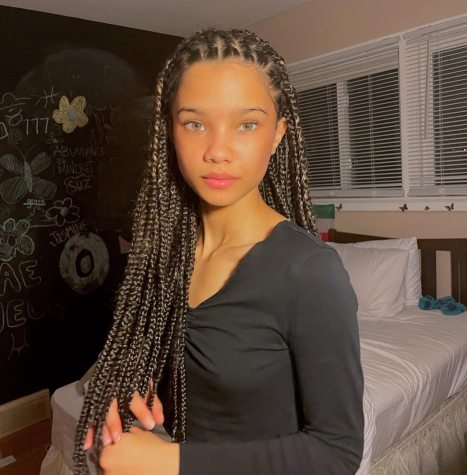
Jasmine Nichols is a Senior at Niles North who aims to write about contemporary issues within the black community. She enjoys learning about black history,...


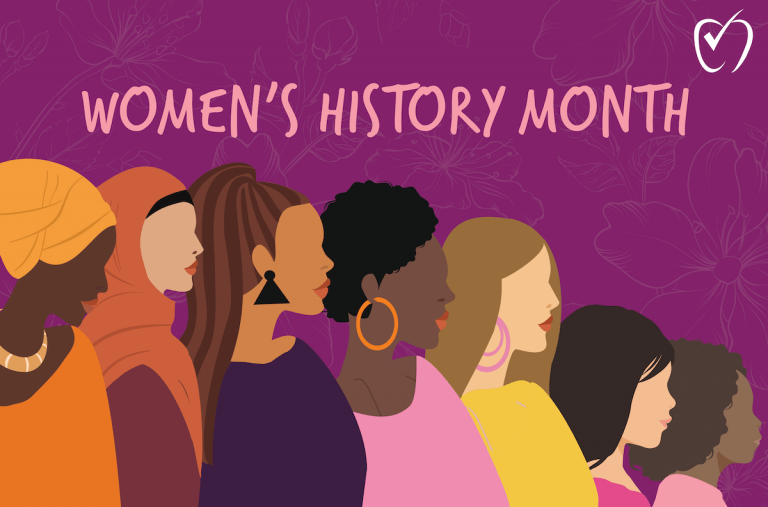


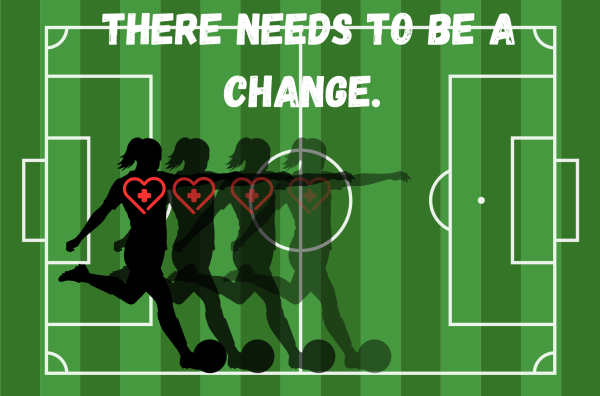
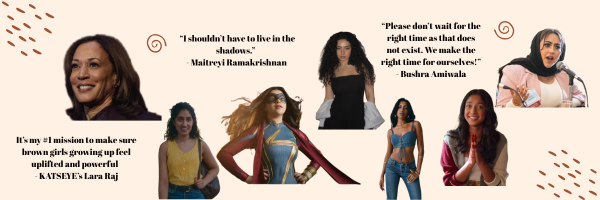


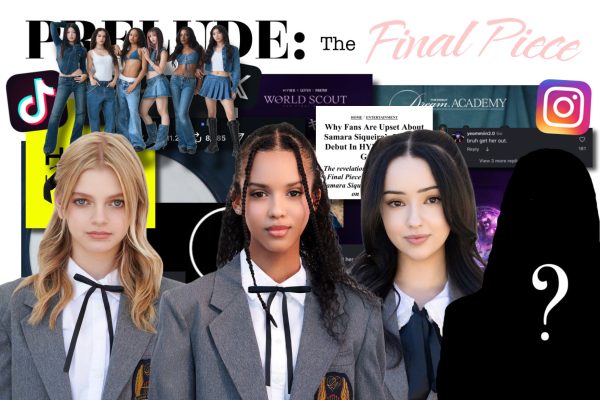
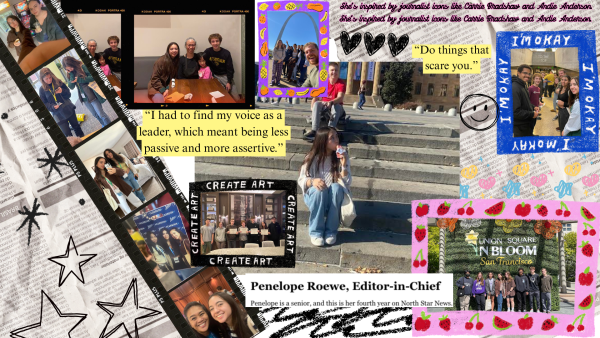


tamika labelle • Mar 16, 2023 at 5:12 pm
Perfection……